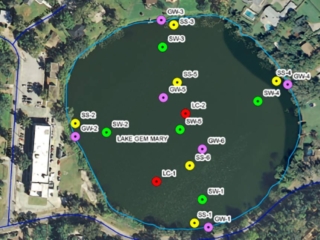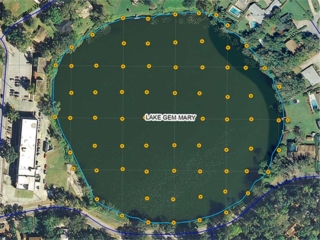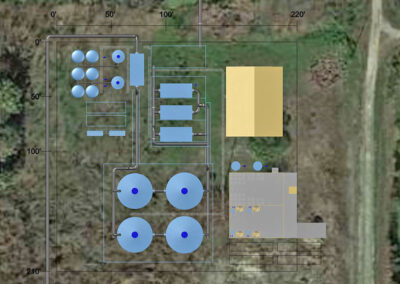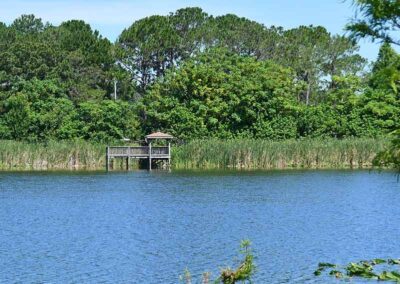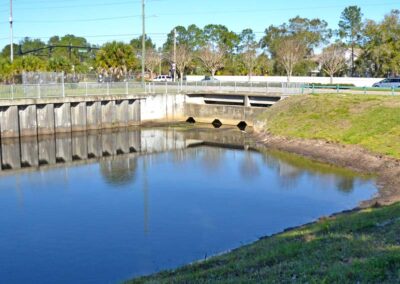Lake Gem Mary
Hydrologic and Nutrient Budget Study
Orlando, Florida

Client
Orange County, Environmental Protection Division (EPD)
Location
Orlando, Florida
Related Services
Related Services
Lake Gem Mary
Hydrologic and nutrient budgets were developed for Lake Gem Mary in an effort to identify significant pollution sources and provide a ranking of basin areas with respect to annual mass loadings and area loadings to the lake. The hydrologic budget included estimated inputs from precipitation, groundwater seepage, and stormwater runoff. The nutrient budget included inputs from bulk precipitation, groundwater seepage, internal recycling, and stormwater runoff.
A 12-month field monitoring program was proposed to collect data on groundwater seepage and sediment characteristics. This study included both dry and wet season conditions and was used to develop the seasonal hydrologic and nutrient budgets. A water quality management plan was developed to identify specific projects and recommendations designed to maintain and improve water quality in Lake Gem Mary. DEP SOPs for fieldwork (DEP-SOP-001/01) were followed during this project by Madrid CPWG and its sub-consultants. The recommendations included both structural and non-structural activities.
The project included:
- A 12-month field monitoring program
- Surface water data collection
- Installation & Monitoring of Seepage Meters
- Sediment Sample Collection & Characterization
- Rain Gauge Installation and Monitoring
- Septic Tank Inventory
- Water Samples Were Analyzed For:
- Alkalinity
- Total Ammonia Nitrogen (TAN)
- NOx (nitrite + nitrate)
- Total Kjeldahl Nitrogen (TKN)
- Particulate Nitrogen
- Total Nitrogen
- Orthophosphorus
- Total Phosphorus
- Particulate Phosphorus
- Total Suspended Solids (TSS)
- Chlorophyll a (surface sample only)
- Color (surface sample only)
- Water quality management plan included
- Developing ordinances
- Restricting lawn maintenance activities
- Public education campaigns
- Re-establishment of naturally vegetated shorelines
- Restricting boating activities in shallow areas of the lake
- Structural modifications


